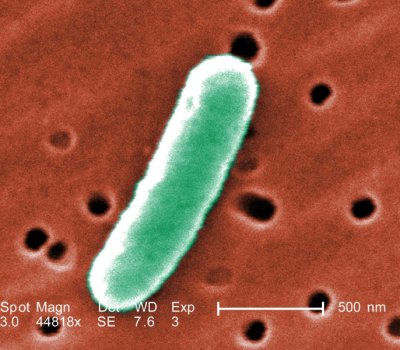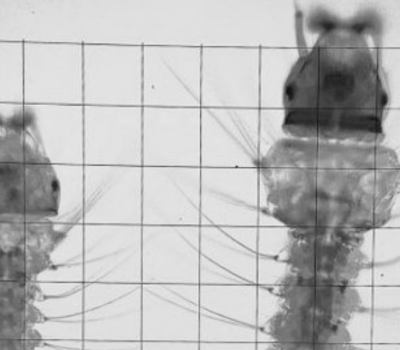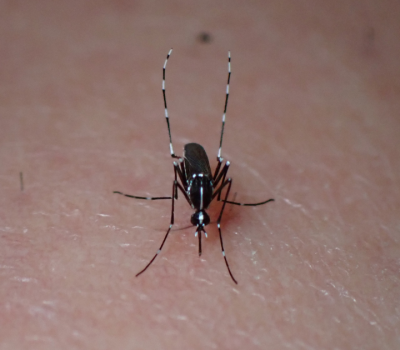Unlocking the secrets of Leishmania

The deadly Leishmania parasite is notorious for adapting to drugs through mutations and drug resistance. Molecular parasitologists from the Institute of Tropical Medicine (ITM) in Antwerp discovered a second way it evades drug attacks: drug tolerance. This can result in serious complications. Notably, each year the Leishmania parasite causes a lethal or stigmatizing disease in 300,000 individuals all over the world, including in many countries of Southern Europe. The research findings have been published in the esteemed journal “Frontiers in Cellular and Infection Microbiology”.
The effectiveness of the limited anti-Leishmania drugs available is threatened by the rise of drug resistance. This well-known problem is caused by genetic mutations that reduce the parasite’s susceptibility to the drugs, for instance by blocking the drugs from entering the parasite. Professor Jean-Claude Dujardin, head of the Unit of Molecular Parasitology and senior author of the study explains: “When we have an infectious disease, we’re advised to finish the entire course of antibiotics to prevent drug resistance and treatment failure. Our new study reveals another way Leishmania survives drug treatment. When exposed to major doses of drugs, most parasites die, but a small number manage to survive by going into a deep sleep-like state called quiescence. When the drug is removed, these survivors wake up, can multiply again and reactivate the disease”.
Quiescence: the seed of life
Quiescence is a common process that some scientists like to call ‘the seed of life’. Professor Dujardin continues: “Just like seeds allow plants to endure challenging conditions for years, we, as humans, harbour dormant stem cells that can awaken to become specific types of cells when needed. Parasites operate in a similar way, potentially allowing them to infect our body for a lifetime: they become our long-term companions”.
The molecular parasitologists of ITM are recognised worldwide for their expertise in understanding how parasites adapt. Dr Malgorzata Domagalska, who leads the experimental research on Leishmania at ITM and co-authored the paper, emphasises: “The presence of quiescent and drug-tolerant survivors highlights the remarkable adaptability of pathogens and our vulnerability in combatting them. As scientists, we must think creatively and take the next step in the arms race against parasites. Today’s basic research lays the groundwork of future innovations. One of our goals is to uncover the key molecular factors that drive quiescence and find ways to block them. This could open doors to a new generation of drugs that target quiescent stages and help us overcome one the most neglected diseases.”
The arms race against leishmaniasis
Leishmania, a unicellular parasite of humans and animals, is reputed amongst biomedical scientists for its capacity to colonise different types of environments and resist to multiple stresses, including drug pressure. The microbe causes leishmaniasis, one of the most important parasitic diseases after malaria: transmitted by the bite of a sand fly vector, each year it causes a lethal or stigmatising disease in 300,000 individuals in 88 countries (including all countries of Southern Europe, from Portugal to Turkey). However, the disease is most neglected as it essentially reaches the poorest of the poorest: there is no vaccine and only a limited arsenal of drugs.
Marlene Jara, Jorge Arevalo, Alejandro Llanos-Cuentas, Frederik Van den Broeck, Malgorzata Anna Domagalska and Jean-Claude Dujardin. Unveiling drug tolerant and persister-like cells in Leishmania braziliensis lines derived from patients with cutaneous leishmaniasis. Frontiers in Cellular and Infection Microbiology, 2023, Vol 13, https://doi.org/10.3389/fcimb.2023.1253033
Spread the word! Share this story on









